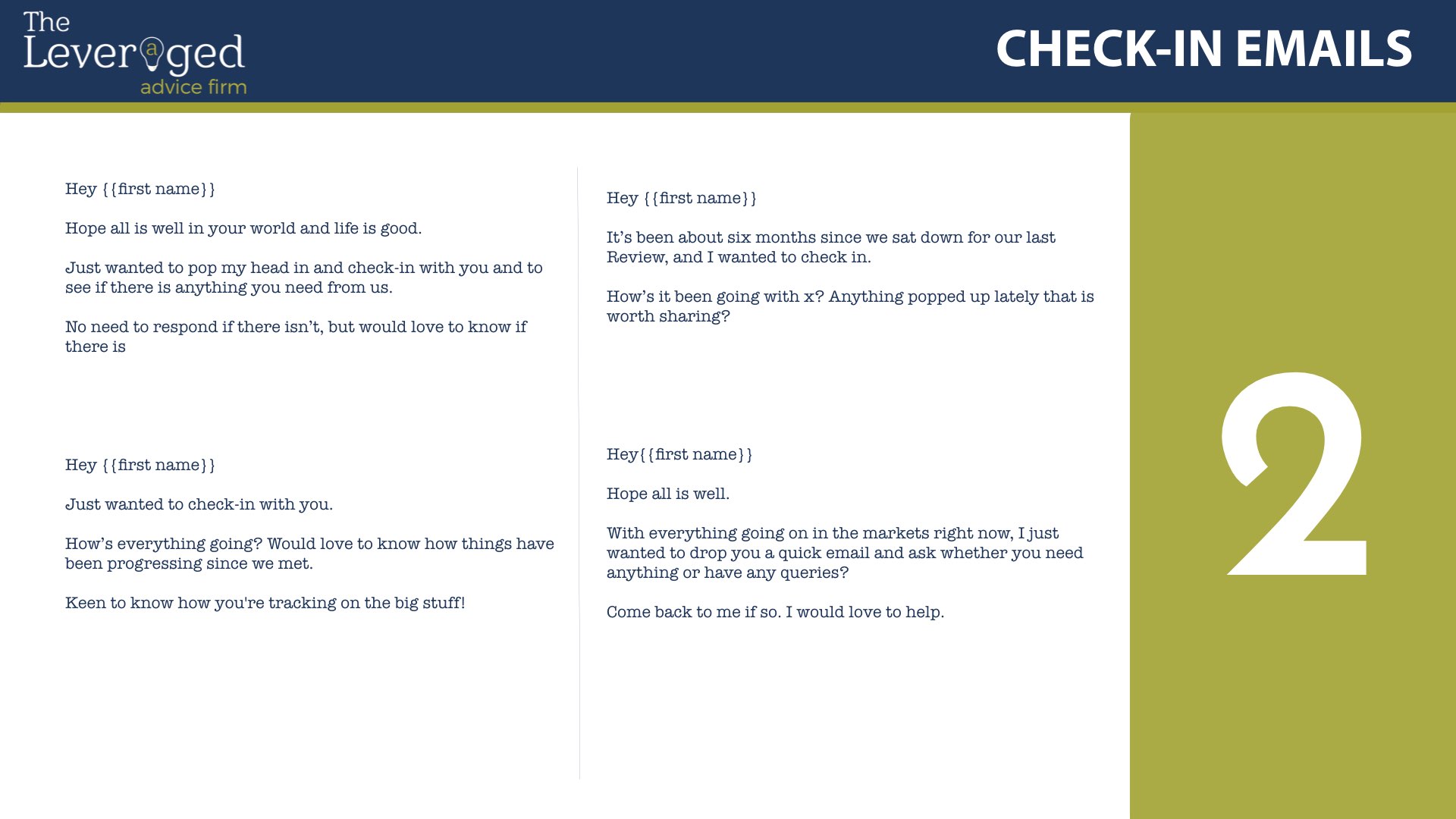In 2011, Derek Sivers shared an email he first wrote in 1998, and it became very famous.
I won't reproduce it here - just type 'Derek Sivers email' into Google if you're curious - but essentially what made it amazing is it took something as mundane as delivering an invoice to the client and made it memorable.
So memorable, it became THE example of how to differentiate what you do in the simplest, smallest ways.
Since then, all manner of firms have done similar things; from Apple's stores, Shoes of Prey's famed post-purchase care system and dozens of more examples, many I have referred to when working on client experience with clients.
At the core of all of them lies the goal of influencing clients' emotional states.
I've recently just come off the back of our four-week mini program on Service Offer, and I'm currently in the middle of one on Pricing.
Both of these have a lot to do with what you deliver to clients and occasionally I get asked: What's the difference between my service delivery and experience?
Service Delivery is what you do. Client Experience is how it makes them feel.
No doubt you have, like many of us, heard for the last 18 months how client experience has become one of the major brand differentiators.
Despite this, client experience can sometimes be a bit fluffy, hard to get a handle on, intangible, despite the fact that in most cases it's something that you may already be doing.
Client experiences doesn't have to be about ripping up the playbook of what you do. Often, it's about looking for the little differences.
Let me give you a really clear example.
One of the simplest ways to improve a client experience in the businesses I work with is simply by looking at the way they communicate with their clients. Often we're brought about to think about service deliverables as having to be big or complex or focused on advice and advice alone.
I think a lot of this has got to do with the environment we've been in recently; FDS, formal agreements and all that comes with making sure that what you're promising is that same as what you're delivering.
But often one of the greatest client experience touchpoints can be the simplest; a check-in.
In the program, we have four different email templates, which cover this and as you can see from the image below they're devilishly simple, short, personal, and just inviting a reply.

I also have first-hand experience of this in my own business. We have small automation whereby if someone doesn't log into a member site for a designated period, our email tool shoots through an email saying, "Is everything ok?"
Of all the emails we send out it's the one that gets the most replies.
When it comes to experience, communication is a huge part of getting it right. Regardless of whether you're using video, audio or simply email, often, like Derek's email, it's in small changes that the difference can be made.
If you can combine this with some of the ways I help business to improve the management of tasks and workflows and sprinkle in a dash of automation, you get something that is not only personal but easier for a team to manage collectively and something that can be measured as well.
Client experience is something that presents a huge opportunity for financial services firms, and I'd guess you're already doing many of the things that go into a great client experience.
The key goal is often really about taking those small elements that already work, and ensure that you can do them to everyone, every time in a systematic way which not only creates efficiency internally but turns clients who love what you do into advocates who talk about you ultimately increasing the profitability and value of your business.
Experience may be the battlefield, but it doesn't have to be hard.

